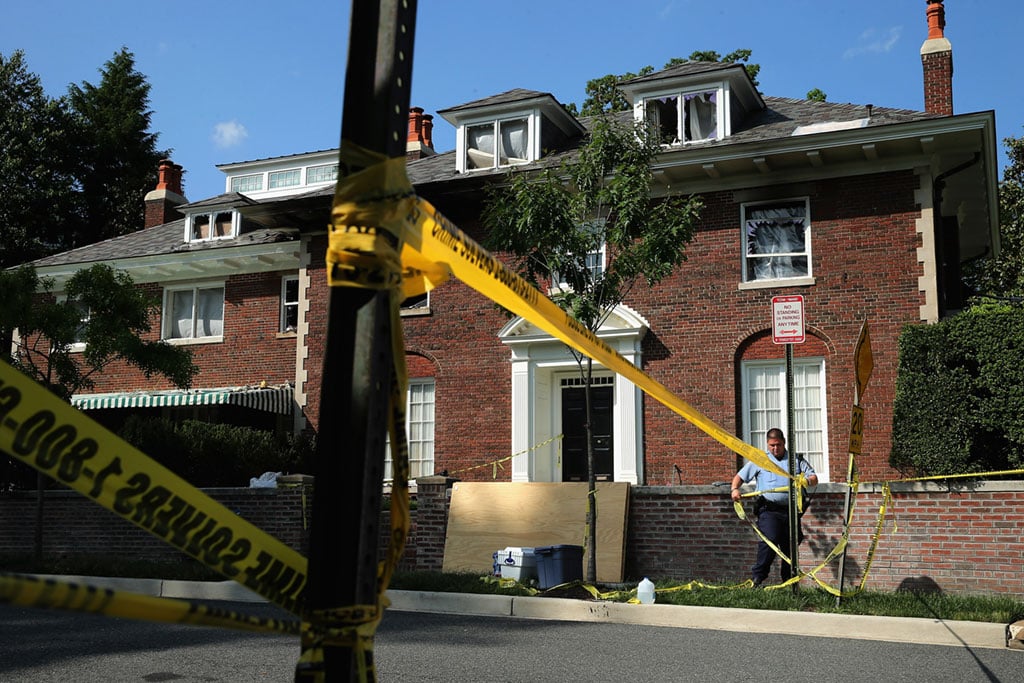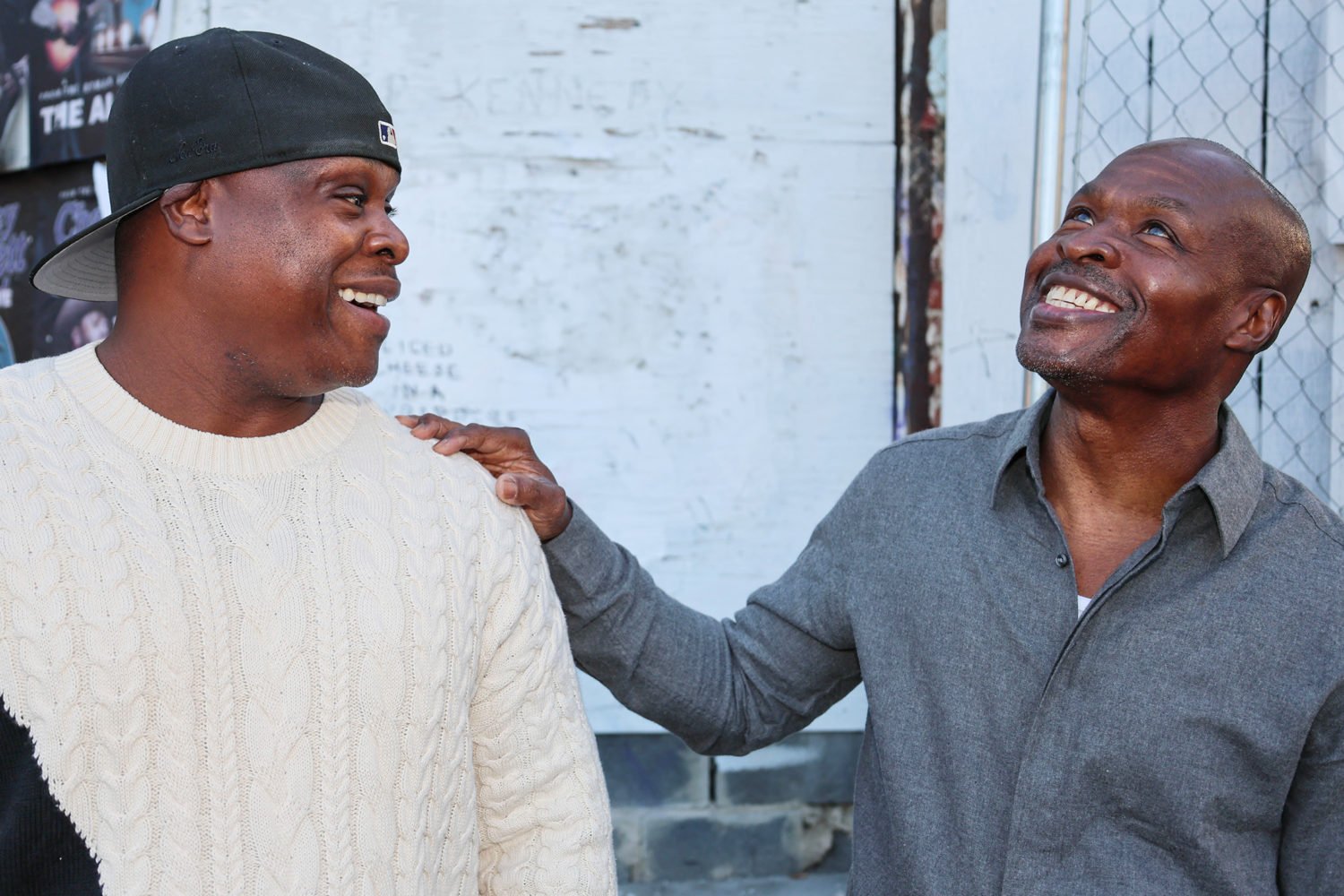By 8 o’clock in the morning, the driveway of Savvas and Amy Savopoulos’s house in DC’s Massachusetts Avenue Heights was usually empty.
Amy normally hopped into the Porsche to drive her ten-year-old son to St. Albans, just up the road. Savvas would take either the Range Rover or the Bentley to American Iron Works, his family’s construction firm in Hyattsville.
Last May 14, though, neighbors noticed something unusual along Woodland Drive, an elegant winding road lit by azaleas and dogwoods: The cars were still in the driveway.
Massachusetts Avenue Heights is an elite enclave where people notice little things. Just across Massachusetts Avenue from the Vice President’s residence, it’s home to political royalty, corporate brass, and ambassadors. Homes behind the wrought-iron fences, tall hedges, and brick walls run as high as $12 million. Little changes.
At 10:30 am, according to neighbors, the Porsche, Bentley and a Range Rover were still there. Was he working at home? Maybe Philip had stayed home from school. Had they taken a quick vacation?
Shortly after 1 pm, neighbors saw smoke pouring from the windows. When firefighters responded, they discovered a horrific scene: the remains of Amy, Savvas, Philip, and housekeeper Veralicia Figueroa in upstairs bedrooms. Autopsies found that the three adults had died of “blunt force and sharp trauma” and the boy of “thermal and sharp force injuries.”
TV crews swarmed the crime scene. DC mayor Muriel Bowser called the incident “an act of evil.” Family members tried hurriedly to alert the Savopouloses’ teenage daughters, who were out of town at school, before they saw the headlines. Investigators believed that the victims had been held for 16 hours, bound, strangled, and beaten.
In the following days, police scoured the property for clues. The only valuable evidence forensic investigators could find was DNA on a piece of pizza crust, which matched that of a Prince George’s County resident who had a history of brushes with the law. A week later, police arrested Daron Dylon Wint, 34, a welder who had worked for American Iron Works. Prosecutors charged him with first-degree murder.
After that, the grisly homicides largely disappeared from view. In a city with a splashier tabloid-news culture, the so-called “mansion murders” might have stayed in the public eye, especially as the police chief made clear that the investigation remained active. A few days after the fire, lead detective Jeff Owens wrote in an arrest warrant, “your affiant believes that the crimes described in this affidavit required the presence and assistance of more than one person.”
So many questions remain open: Could one person have held four captives for so long? If not, who were the other assailants? How could an assailant spend so much time in a house and leave only a single drop of saliva? And yet—at least beyond the friends, neighbors, and children in Massachusetts Avenue Heights—the mystery behind what many seasoned cops consider the most gruesome crime against a family in DC history is little discussed.
Now, with Wint preparing to face trial on 20 counts—including arson, kidnapping, and murder that was “especially heinous, atrocious, and cruel”—the questions are more than salacious. If the detective is right, it means killers are on the loose.
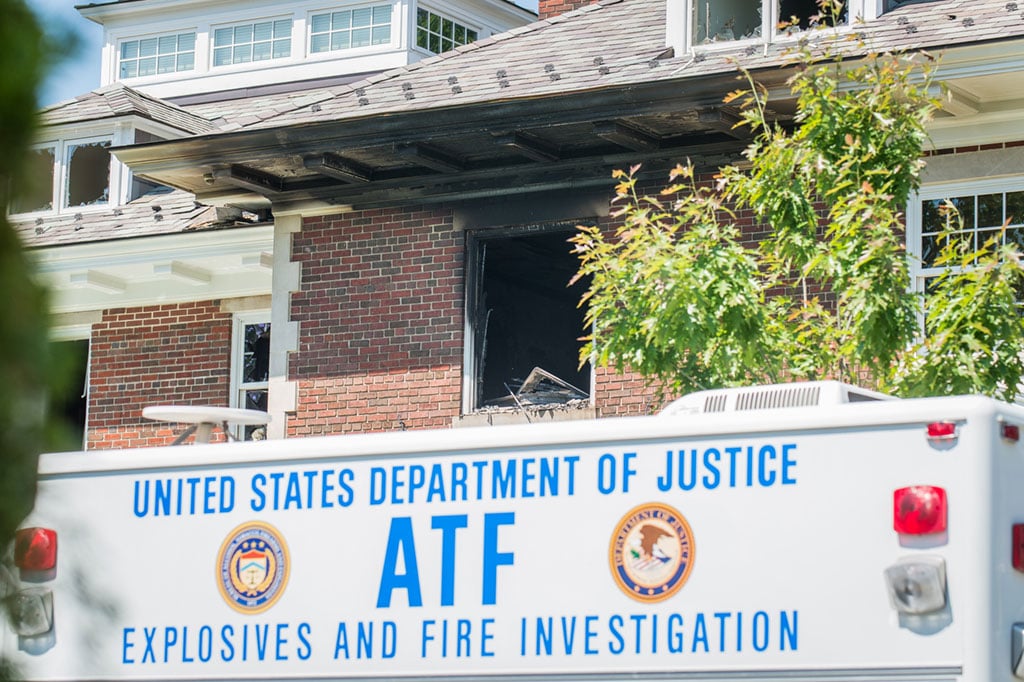
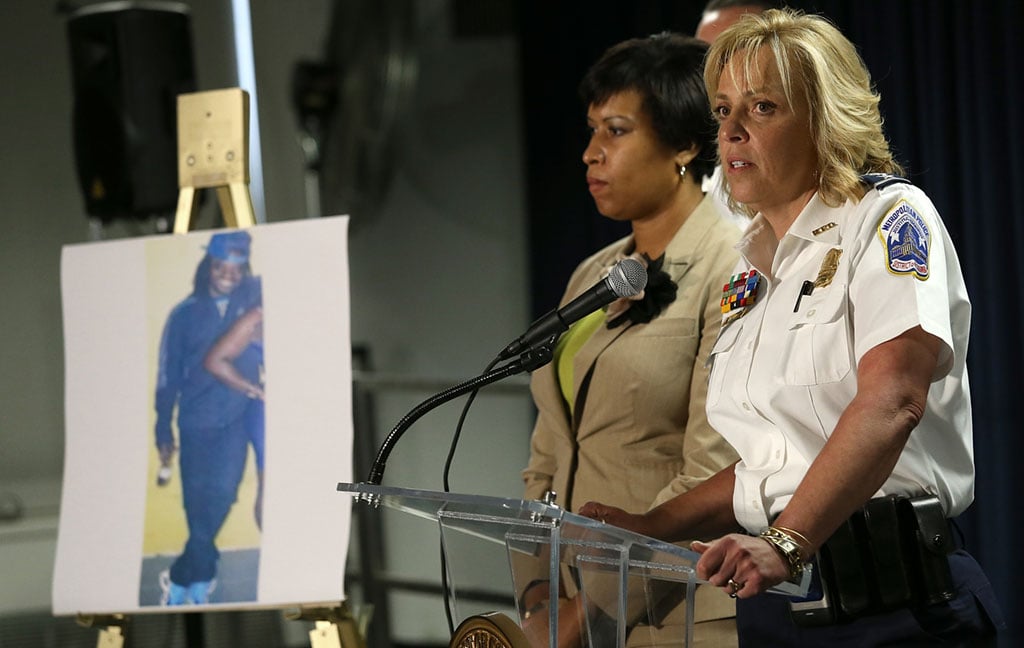
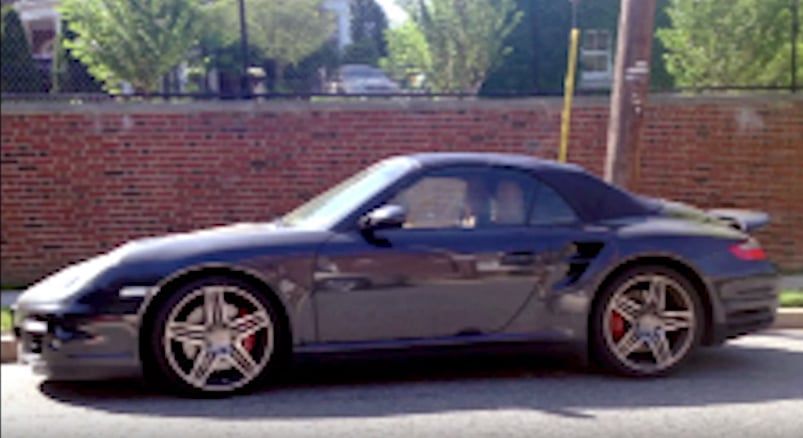
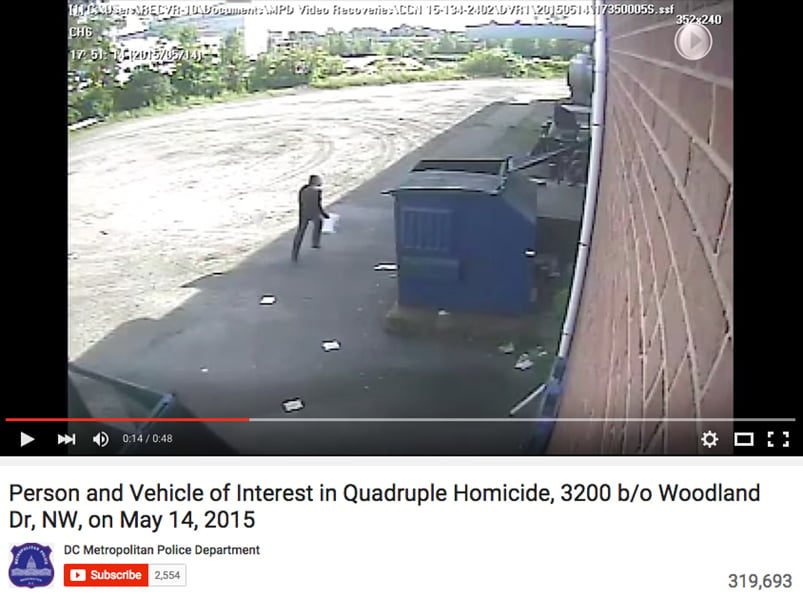
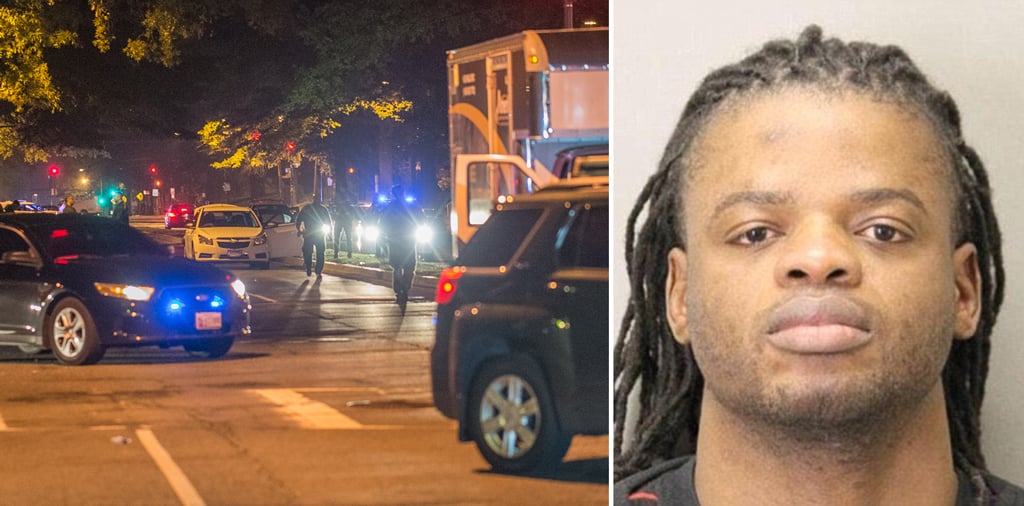
• • •
The connection between Savvas Savopoulos and the man accused of killing him is both improbable and cinematic.
Savopoulos grew up in Montgomery County, part of a prominent Greek-American family. Friends from Springbrook High School and the University of Maryland remember him as handsome, ambitious, and popular. “Savvas was larger than life,” says a fraternity brother. “He taught us to have a good time but to do things right. He was a solid, solid guy with a deep belly laugh.” Savvas married Amy Martin, his high-school and college sweetheart. He got a law degree at American University and joined the family ironworks business.
Savopoulos was generous with his time and wealth, helping fund the National Child Research Center and serving on its board. He was active in Saint Sophia Greek Orthodox Cathedral. By every account, his children and wife adored him. “You will always be my hero and my role model and I will love you and miss you so much,” daughter Katerina wrote on Facebook after the tragedy. “Thank you for teaching me courage, loyalty and how to believe in myself. Love you to the moon and back Baba.”
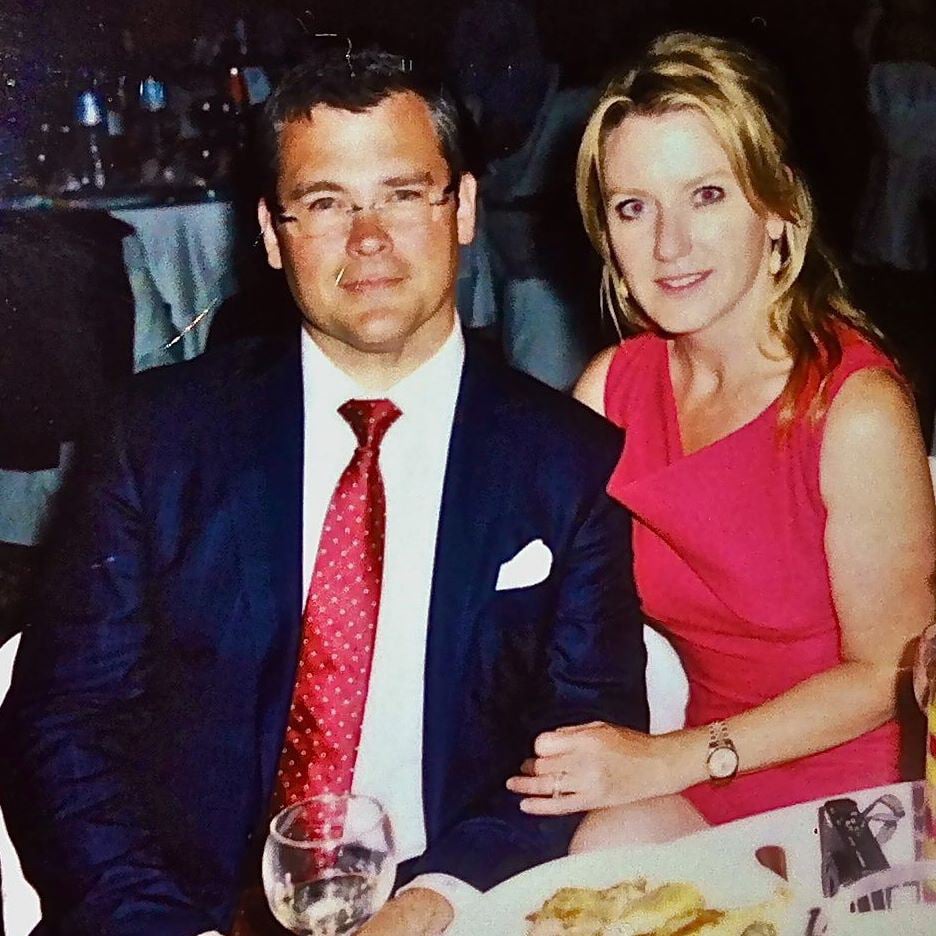
Savopoulos wasn’t afraid to flaunt a swashbuckling side. He indulged his passion for sailing by taking the family to the Virgin Islands for a year. When he got into racing cars, he drove a cherry-red Mosler, one of the most expensive sports cars. Neighbors recall him driving through the quiet neighborhood at the wheel of his Bentley.
American Iron Works colleagues remember a hard-working, caring boss who liked to hang out with welders and construction workers on the job. According to Wint’s family, one of them was Daron Wint. “They were friends,” Wint’s sister Samantha says. His first defense attorneys said the friendship lasted past the time Wint worked for Savopoulos and that Wint also did some work at the Savopoulos mansion.
The two men would have made for an unlikely pair. Wint was born in Guyana and emigrated to the US as a teen, landing in Prince George’s County, where there’s a substantial Caribbean community. He tried to join the Marines in 2001 but failed to make it through boot camp, a Marine spokesman told various news sources.
It’s safe to say Wint had trouble with his family. In 2005, his father took out a protective order against him, according to documents in Prince George’s County District Court. Wint’s rap sheet includes arrests for a stabbing and assault as well as restraining orders from women. In one case, the Associated Press reported that Wint was accused of breaking into a woman’s apartment, stealing her TV, and vandalizing her car. “I’m going to come over there and kill you, your daughter, and your friends,” he told her, according to the report. The woman claimed he said he was good with a knife and not afraid of police.
In 2010, police arrested Wint outside American Iron Works in possession of a BB gun and a two-foot-long machete. He pleaded guilty to possessing an open container of alcohol.
Though Wint stopped working for Savopoulos’s company in 2005, his first defense attorney and Wint’s sister say the two men were still friends. In pictures posted to his Facebook page, Wint’s arms are heavily muscled and his dreads abundant. At least one neighbor reported seeing Wint occasionally walking on Woodland Drive toward the Savopoulos mansion.
• • •
Based on public record, news reports, and interviews, here’s what we know about the events surrounding the murders.
Savvas Savopoulos spent the better part of May 13 working at his latest project, a martial-arts studio he owned in Chantilly. About 5:30 that afternoon, Amy phoned her husband and asked him to return home because she had plans, according to investigators. Philip was recovering from a concussion he’d gotten in a go-cart accident.
When Savvas arrived home, according to police, nothing seemed amiss on the outside of the house. No overt signs of forced entry. Police believe he walked inside to find his wife, son, and housekeeper already being held captive.
He phoned his other housekeeper that evening. “Amy is in bed sick tonight, and Vera offered to stay and help her out because we’re going through some stuff with Philip, so she’s gonna stay the night here,” he said, according to tapes obtained by NBC4. Figueroa rarely stayed over.
At 9:14 pm, Amy ordered two pizzas from Domino’s, one plain and one pepperoni, according to police documents. She instructed the deliveryman to leave them on the porch and ring the doorbell. The deliveryman later noted to police that the house was dark.
At some point that night or early the next morning, Savopoulos sent a text to his driver, Jordan Wallace, asking him to meet the company accountant early the next morning at American Iron Works to pick up a package and deliver it to Savopoulos’s house. According to surveillance video shown in court, at 9:40 Thursday morning, the accountant went to a Bank of America in Hyattsville and withdrew $40,000 in cash, bound by white tape, in four bundles of $10,000 bills. Wallace put the cash in his red bag, drove to DC, and called Savopoulos when he was ten minutes away.
Savopoulos had met Wallace at a go-cart race track and hired him to be his driver and assistant. Wallace was fond of posting photos of himself behind the wheel of Amy Savopoulos’s Porsche. That afternoon, Wallace texted a photo of the cash to a friend, according to police testimony in court as well as texts obtained by the Washington Post.
“Daaaaamn,” she responded. “I wonder how much it is?”
“40,” Wallace texted back.
“Jesus,” she responded.
“My job is insane,” he texted. “Don’t tell anyone.”
Savopoulos instructed Wallace to leave the money in the car, which was parked inside the garage, according to a police affidavit.
“Package delivered,” he texted Savopoulos at 10:26 am.
Someone later drove off in the blue Porsche, police said in their affidavits.
Wallace tried to phone Savopoulos that afternoon, but no one answered, according to news reports. He texted Amy Savopoulos: “Hey ms Amy are you ok, if so you need to get home I got a call that your house is on fire.”
At 5:30 that afternoon, police discovered the blue Porsche aflame in a church parking lot in New Carrollton, just east of the DC line.
• • •
For all of that, there’s plenty that we don’t know.
Start with a motive. If Wint was the only assailant, could a professional or personal slight have engendered enough rage in him to commit such a protracted act of cruelty?
“We have great evil in our world—ticking bombs at the epicenter of crime,” says Ron Hosko, a retired FBI agent and president of the Law Enforcement Legal Defense Fund. “Daron Wint could be one of those people.” But do those instances fit with a lengthy assault that included a calculated effort to come away with cash? Would $40,000 be enough to kill four innocents?
Trying to conjure a motive, some neighbors wondered if Savopoulos had run afoul of someone who then ordered a hit, as a means of retribution. Yet that scenario is complicated because little about the crime suggests a professional job. Professionals don’t spend the night, order pizza, and allow their victims to communicate with the outside world. They also don’t botch their efforts to torch the house: In this case, the fire was started upstairs in the bedrooms; whoever lit it left matches and gasoline on the staircase, according to police reports.
Even more puzzling than motive is whether the killer acted alone. After police arrested Wint, they made clear in a series of court filings, interviews, and press statements that the crime had to have involved multiple perpetrators. Wint’s defense teams, naturally, have backed that theory up. “He lacks the intellectual capabilities to orchestrate this complicated an operation,” says Sean Hanover, who represented Wint after his arrest. Wint has since been represented by public defenders.
Your affiant believes that the crimes described in this affidavit required the presence and assistance of more than one person.
In fact, police questioned four others when they arrested Wint. Officers had pulled over a truck driving in convoy with a Chevy sedan. The truck had two passengers and “a large stack of what appeared to be $100 bills” and money orders. Police testified that one passenger was Wint’s brother. Wint was in the sedan, a Chevy. A police affidavit said one of two women who were in the car admitted to having bought $10,000 in money orders from one of the two occupants of the truck. Why weren’t the others detained? If the money was illicit, could someone have been charged as an accessory after the fact?
Another question: One witness told police that Amy Savopoulos’s Porsche was being driven on New York Avenue toward Maryland, where it later burned. The witness described the driver as a man with “short well-groomed hair, wearing a neon lime green construction vest,” according to search-warrant affidavits. Why does that image bear so little resemblance to the dreadlocked Wint?
Adding to the murkiness, investigators found a few neon-green construction vests in the Savopoulos garage, according to affidavits. The driver of the Porsche was apparently wearing one. The driver walked off with a white bucket, according to police reports about a surveillance video. Where is the bucket? Who was the driver, if not Wint? Anxious neighbors have worried questions: What about the alarm? Why has no reward been offered?
And what about the $40,000? According to police, a company accountant withdrew $40,000 in cash, and Savopoulos’s driver delivered it. How easy is it just to have a teller disburse four packs of $10,000 bills if it hasn’t happened before? According to police, Jordan Wallace—the driver who’d been working for Savopoulos for about a month—changed the details of how he’d dropped off the cash. Police said in affidavits that he “lied” to them about small details, such as when Savopoulos had texted him, the way he’d left the cash in the car, and whether it had been locked. If this allegation is true, what other details might have been missed?
• • •
With so much uncertainty, it’s plausible to make a case that involves something more sinister than a single violent assailant.
Perhaps it was an inside job—people who knew the wealthy family’s routines, misjudged who would be home, and saw things spiral out of control. If it was more than one person, the perpetrators were canny and capable enough to have spent 16 hours in a home and leave few traces of evidence. It’s quite possible they wore gloves and booties. If not for saliva on pizza crust, there would have been no clues linking Wint to the case at all, at least according to charging documents.
Which is perhaps why there was little comfort among the neighbors who gathered for a supper two months after the murders and Wint’s arrest. Their children had grown up with Abigail and Katerina, played with Philip, slept over in the bedroom where firemen found the boy’s charred remains. They had cooked out with Amy and Savvas, sat at their dinner table, and organized school meetings in their living room.
At the neighborhood supper, friends shared stories about the family. They discussed how they could make their homes more secure. They wondered how the Savopoulos girls were holding up.
Both daughters are in school. Abigail graduated from Mercersburg Academy last spring and now attends Southern Methodist University. Katerina is a senior at a boarding school. Abigail showed up to at least one of Wint’s court appearances. Family and friends take them in when they come home.
The windows of the house have been boarded up since the fire. Last November, an undisclosed buyer bought the brick mansion at 3201 Woodland Drive for $3 million. The new owner has applied for a permit to raze it.
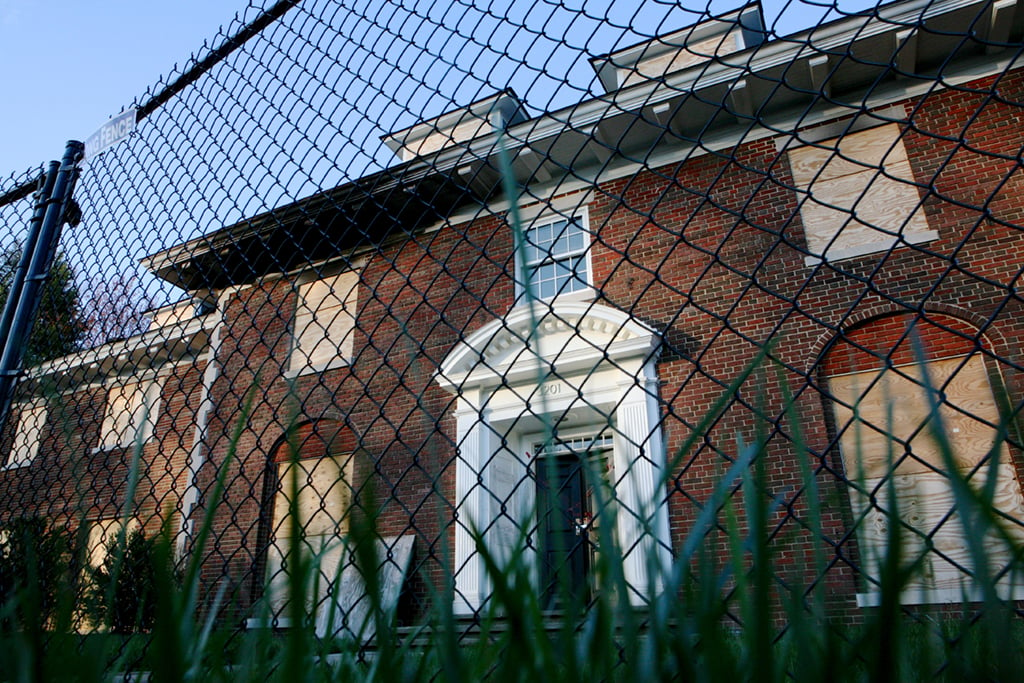
Wint’s next hearing is scheduled for May 20. His public defenders have advised him to remain silent, as Sean Hanover says he also did. The DNA evidence is precarious. If Wint implicated others, that would prove he was there. Otherwise, the government’s case may well hang on a pizza crust, unless it has more incriminating evidence that it hasn’t disclosed. Public defender Natalie Lawson said the government’s case was based on “speculation and guesswork” and argued her client is innocent.
Neither Wint’s public defenders nor Wint himself made any public statements, and all declined comment for this article. That may be the way it stays. Wint is the only alleged suspect in custody. With scant evidence on the table—so far—a defendant might wager that he could go free. If so, absent a major break, it’s quite possible the most vile murders in DC history could go unexplained, unsolved, and unrequited.
Editor at large Harry Jaffe covers crime and politics. He recently published the book “Why Bernie Sanders Matters” and can be reached at harryjaffe@gmail.com. On Twitter, he’s @harryjaffe.
This article appears in our May 2016 issue of Washingtonian.

